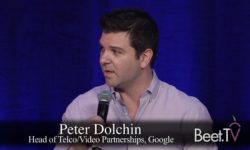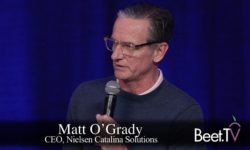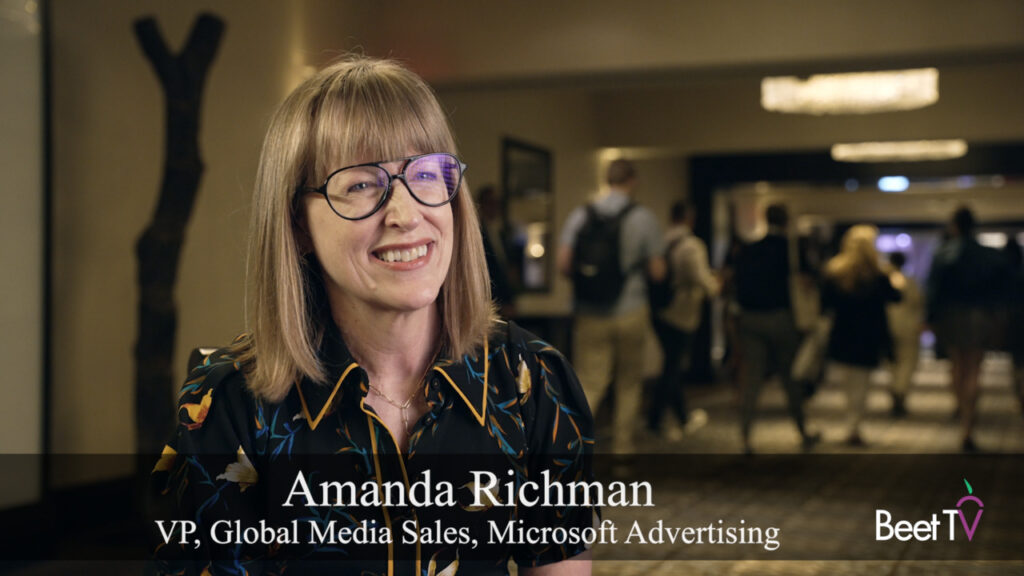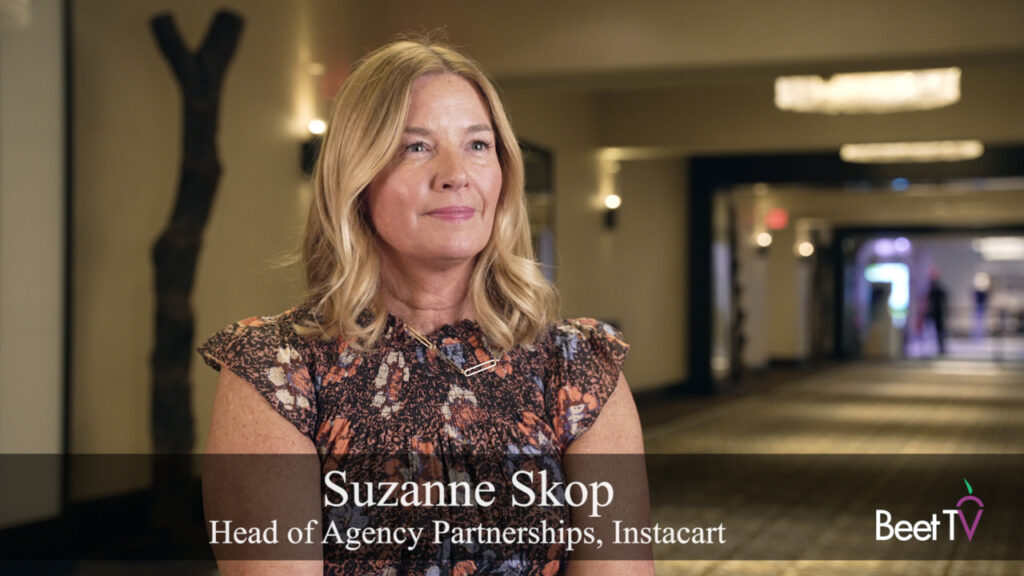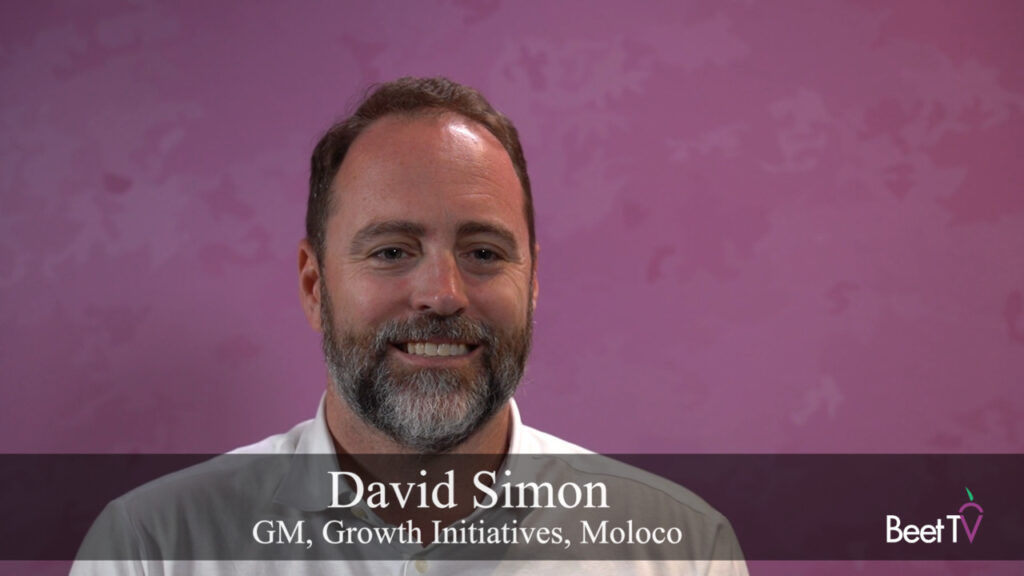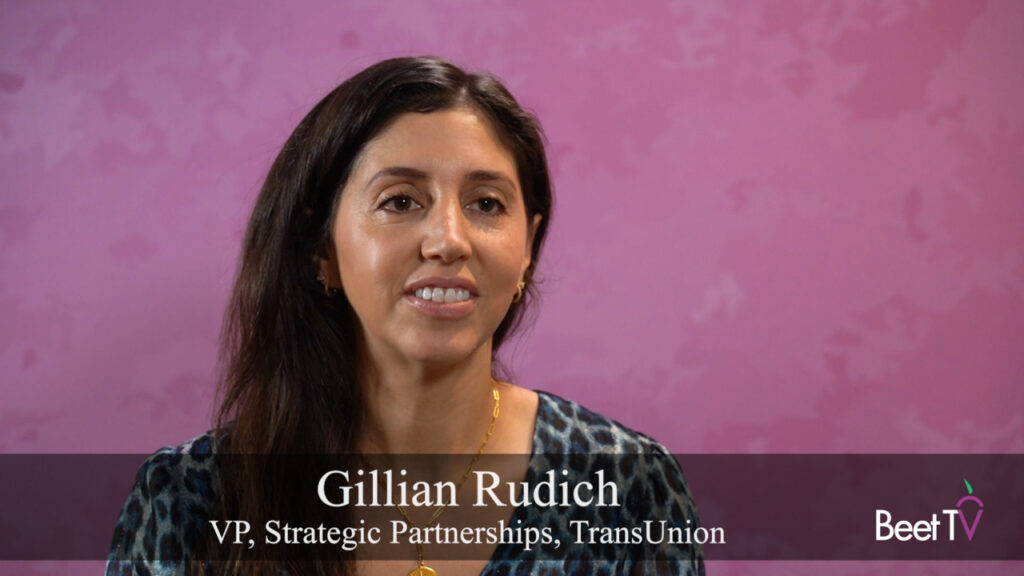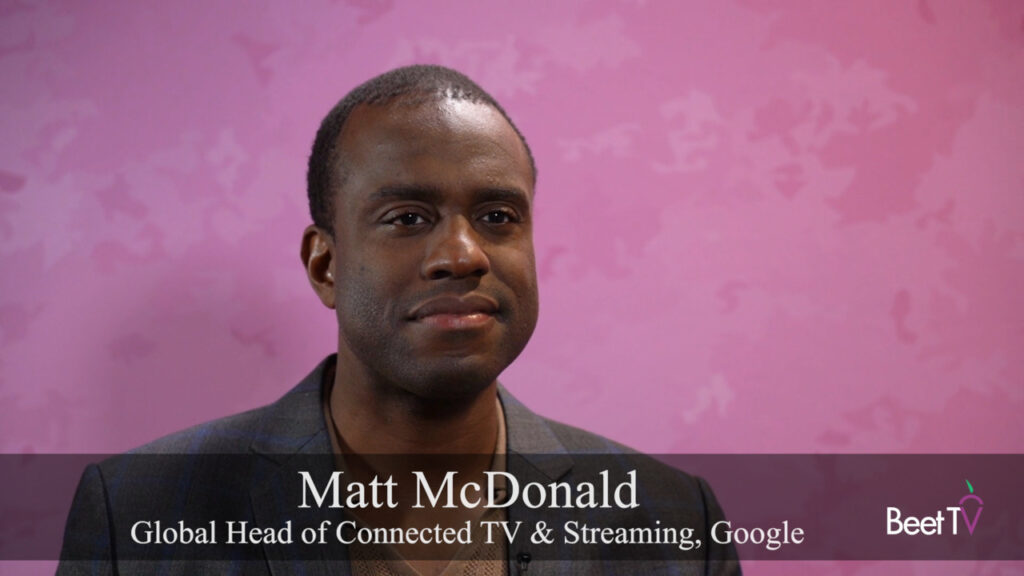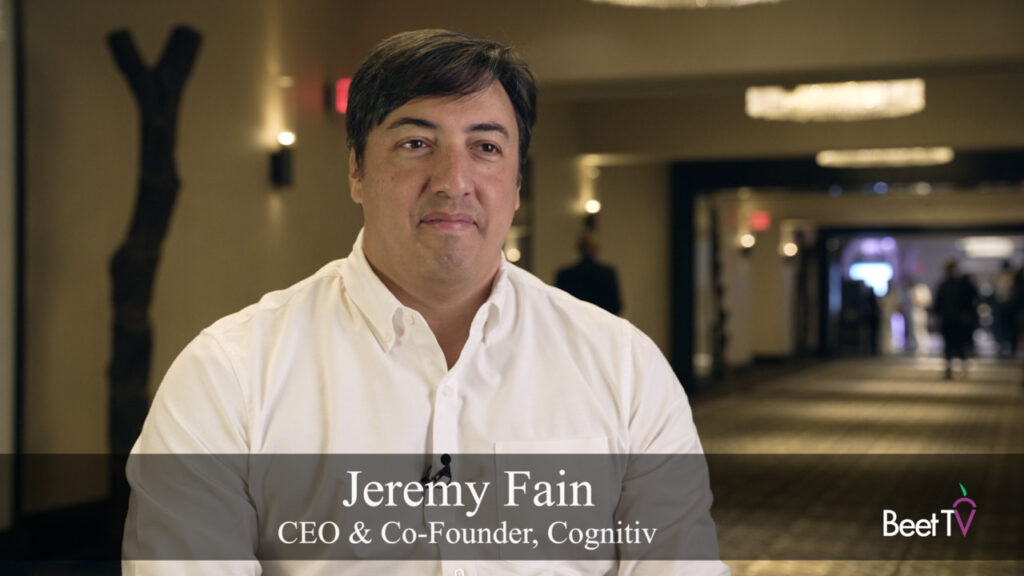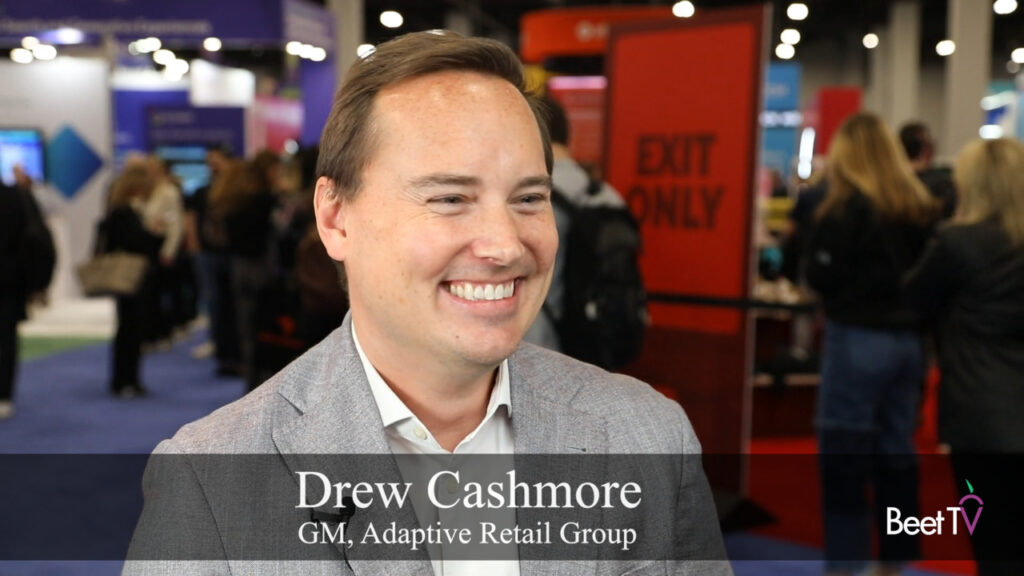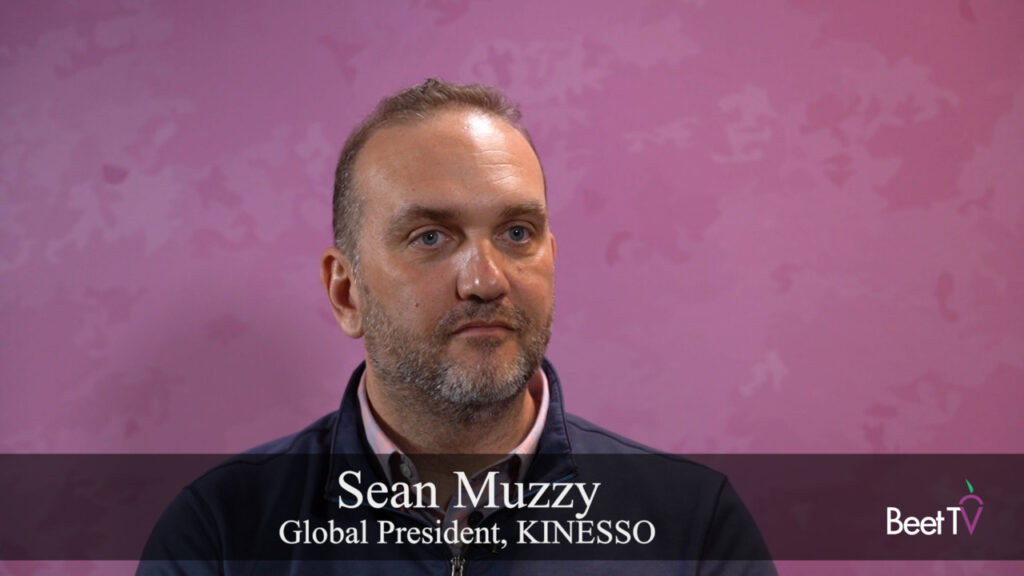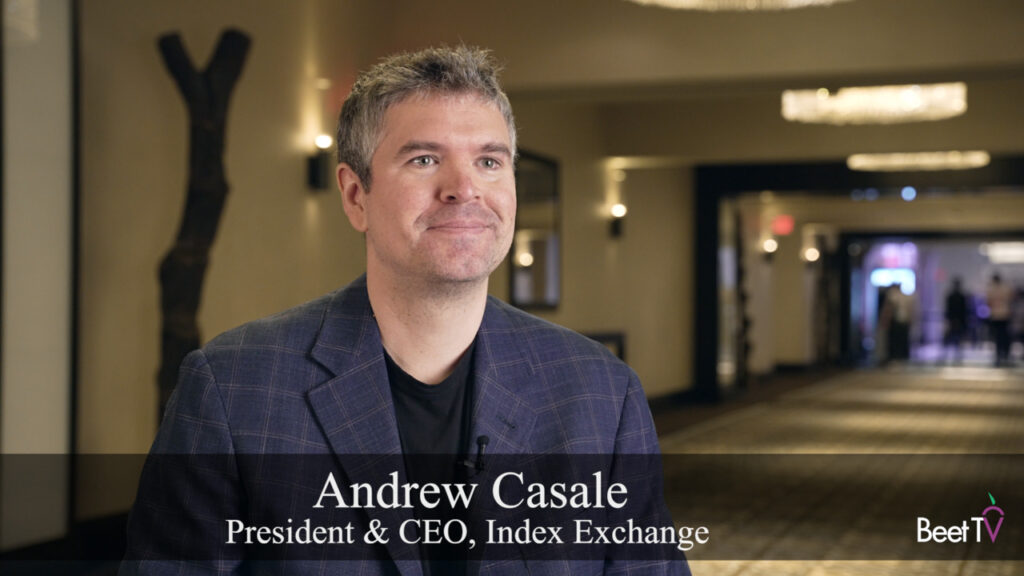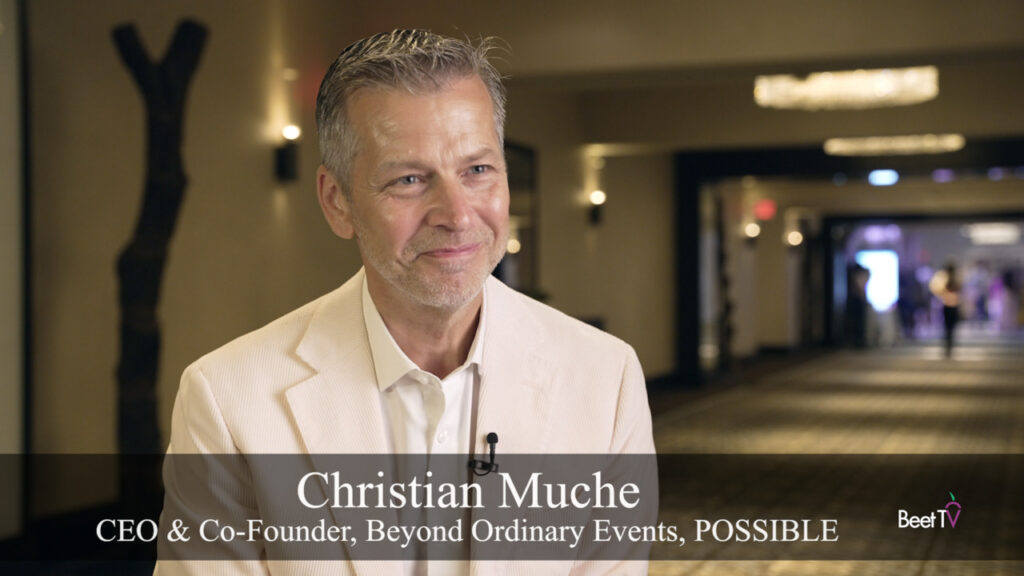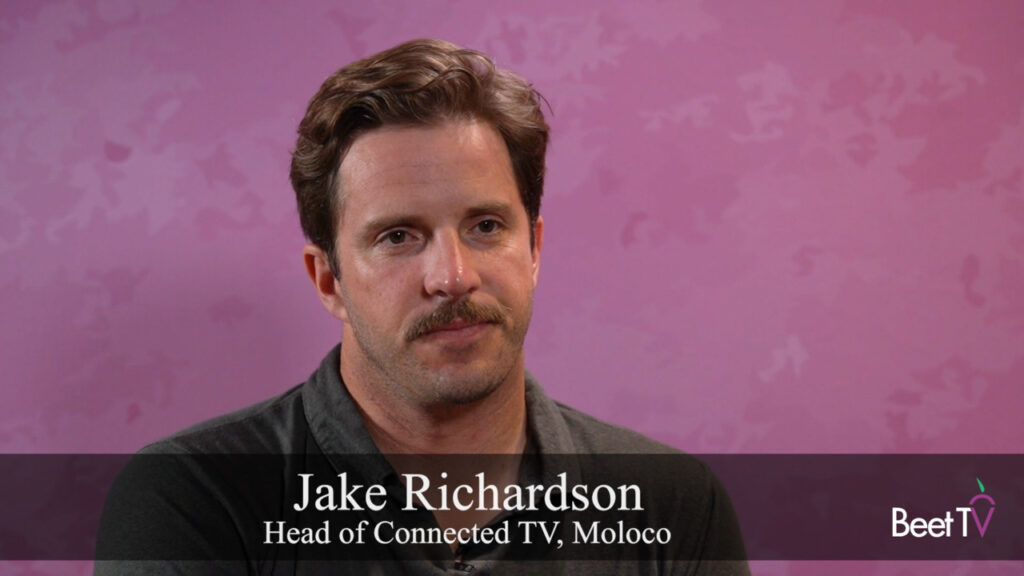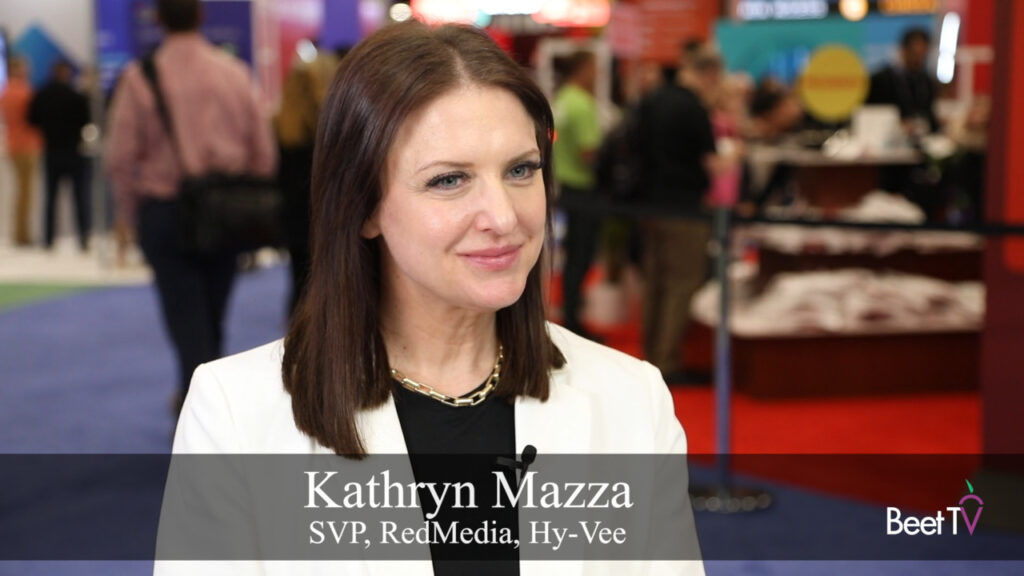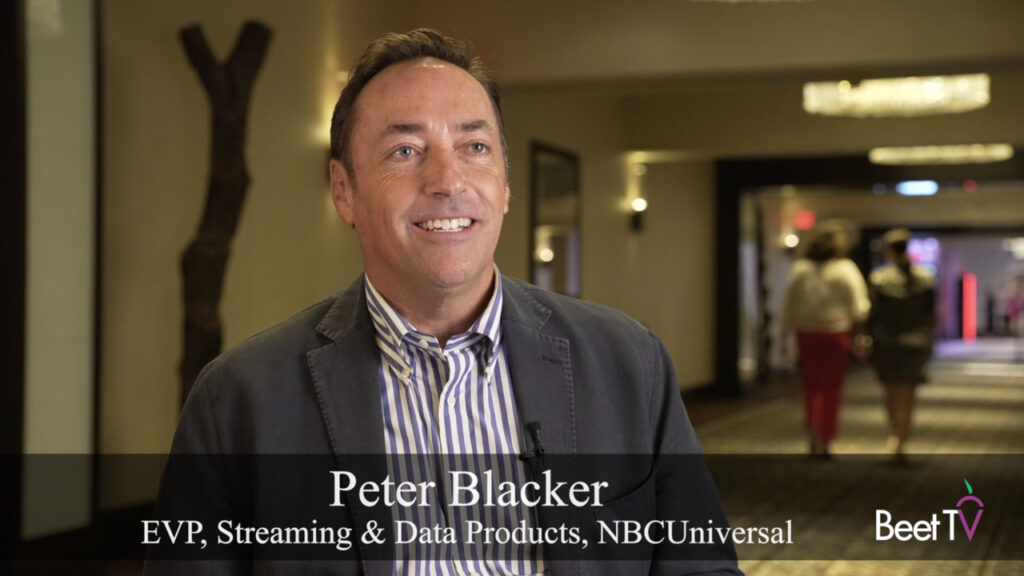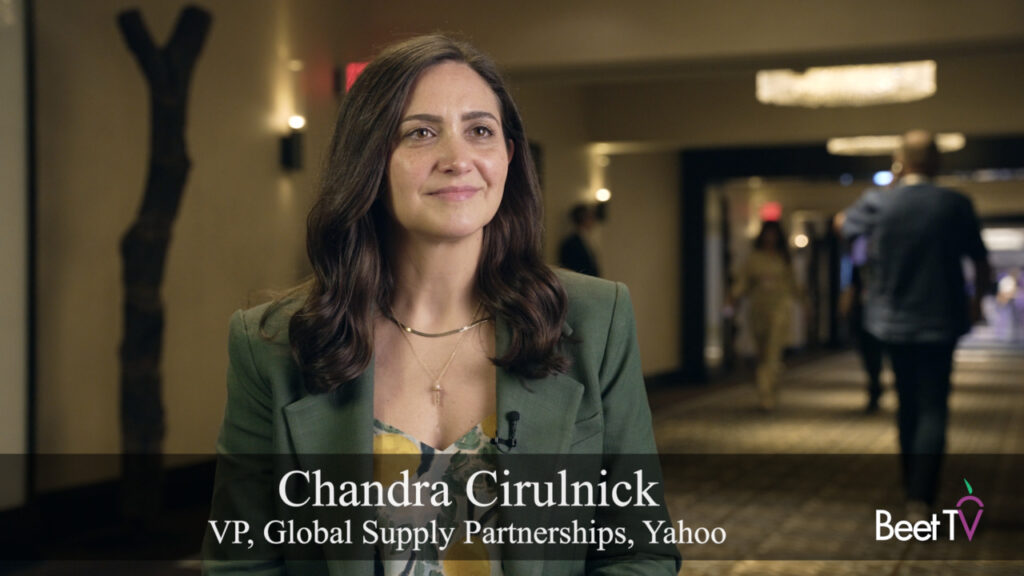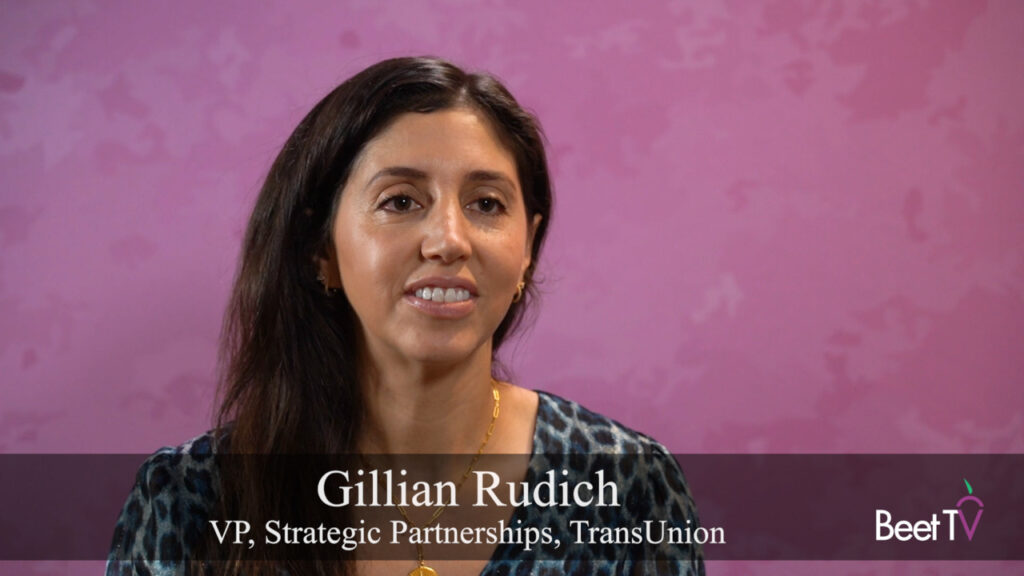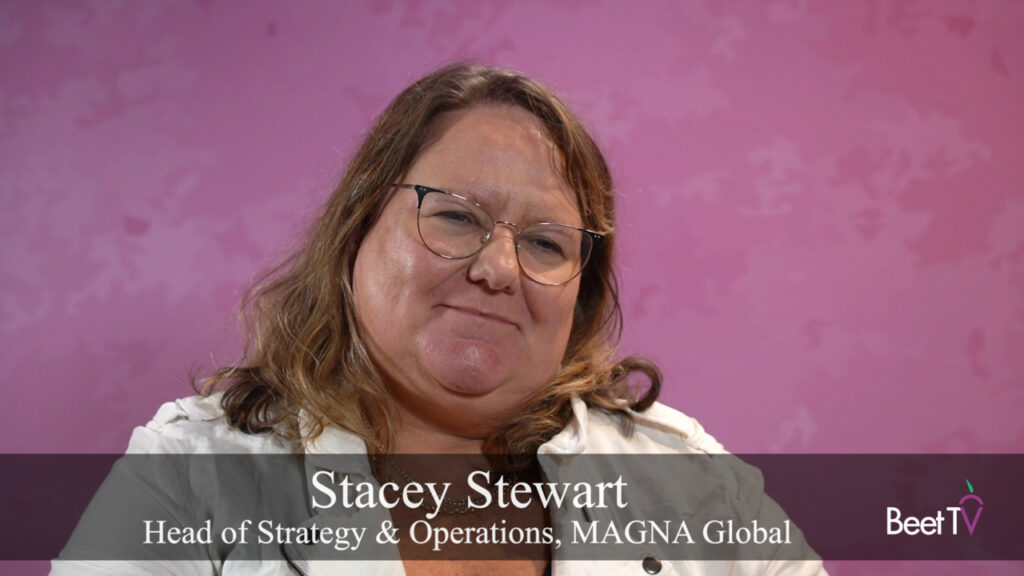SAN JUAN, Puerto Rico—Why can’t TV behave more like the platforms do? That is the question buyers have, and that’s where technology can help by relieving some of the unwanted friction that now exists in the world of cross-platform video advertising, says David Clark.
In this interview at Beet Retreat 2018, the EVP of Advanced Advertising at Comcast & GM of FreeWheel talks about the value to be unlocked from “very low” household TV CPM’s and the distribution efficiencies enjoyed by cable and broadcast but not necessarily IP-dependent providers.
Asked why TV can’t behave more like the big digital platforms when it comes to booking and evaluating campaigns, Clark points to the traditionally siloed world of linear TV.
“It can’t happen today because the audiences in the inventory and the data associated with those audiences, to the extent that it even exists, are locked away in literally hundreds, maybe more, different pools,” Clark says. “And if you want to build a campaign across those pools, you’ve got to contact each one of them and negotiate a deal and then cobble it together.”
Given the “supply constrained world” that has long characterized network TV, with direct sales teams best positioned to negotiate deals, “they’ve kind of represented the networks in a way that got the best price for that inventory, historically.”
According to Clark, looking at the TV market as a whole shows the average CPM on a household basis to be a “very low” $2 to $3. “We think there’s a lot of value to be unlocked there,” says, adding that he doesn’t believe all sales teams will disappear. “All companies will make their own decisions based on their market positions.”
Among the biggest players, he thinks NBCUniversal under the leadership of Linda Yaccarino has exhibited “a lot of innovation there and the rest of the industry might be able to benefit from that going forward.”
And while business models and value will change, the alternative “is the industry really getting commoditized and the value getting sucked out of the ecosystem,” says Clark.
In his view, the TV bundle delivers lots of value for consumers, but those will change as well going forward.
“I also think that the cable plant is a really efficient way to distribute mass content, as is broadcast obviously. What people don’t always understand is that when I serve content across cable whether one person is watching it or fifty million people are watching it, the price is the same. It’s fixed. “That means it’s better business and more can go into the production of content.”
The same can’t be said for platforms dependent on IP delivery. “Not only do your costs go up the more customers you acquire but the cost per customer goes up as they consume more content,” Clark says. “So your costs move up with your revenue. That’s some of the challenges of the SVOD model that we’re seeing out there.”
While he’s mostly optimistic amid all the change, what does worry Clark is that some TV industry players, like some media platforms that have failed, will make decisions without fully understanding “the opportunity that we have or like the underlying economics that we really should sort of understand in making these decisions.”
So far, the industry has kindled a spirit of “yes we all should come together and work as a platform, as long as it’s my stuff. And I’m hoping the next stage is let’s get together and figure out who’s best in class at different things and really truly work together and understand where the threat really is. And what could throw that upside down is short-term thinking.”
This video was produced in San Juan, Puerto Rico at the Beet.TV executive retreat. Please find more videos from the series on this page. The Beet Retreat was presented by NCC along with Amobee, Dish Media, Oath and Google.










